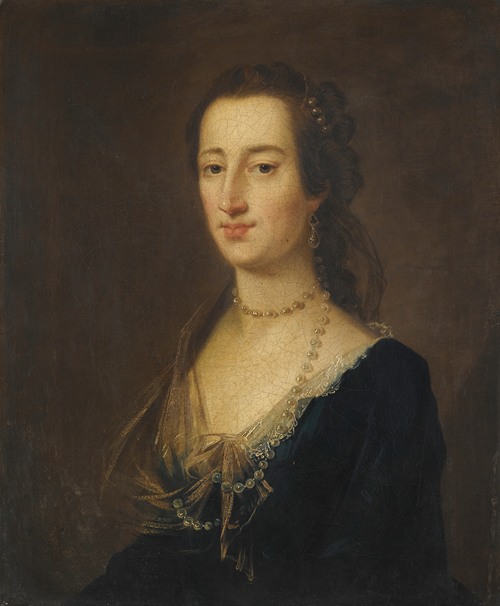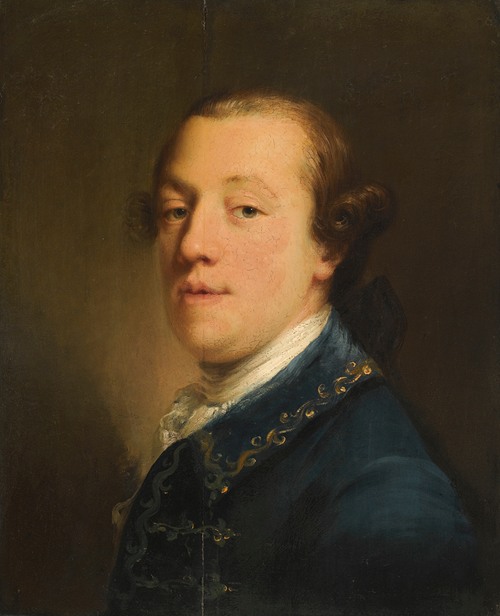
John Astley was an English portrait painter and amateur architect, known for his "patronage among a vast circle of fashion" as well as a fortune acquired through marriage.
Born in Wem, Shropshire, England, John Astley was a son of an apothecary, Richard Astley (1671–1754), and his wife, Margaret (1685–1735). Among his siblings was a brother Richard, also a physician, whose estate he inherited.
Due to his good looks, he was known as Beau Astley. Some period sources also call him Jack Astley. A biographer of Sir Joshua Reynolds described Astley as "a gasconading spendthrift and a beau of the flashiest order."
Several jaundiced contemporary accounts of Astley's character exist, notably a lengthy observation by John Williams, (aka Anthony Pasquin), who wrote: "He thought that every advantage in civil society was compounded in women and wine: and, acting up to this principal of bliss, he gave his body to Euphrosyne, and his intellects to madness. He was as ostentatious as the peacock and as amorous as the Persian Sophihe. He would never stir abroad without his bag and his sword; and, when the beauties of Ierne sat to him for their portraits, he would affect to neglect the necessary implements of his art, and use his naked sword as a moll-stick. He had a haram and a bath at the top of his house, replete with every enticement and blandishment to awaken desire; and thus lived, jocund and thoughtless, until his nerves were unstrung by age; when his spirits decayed with his animal powers, and he sighed and drooped into eternity!"
In London, in the 1740s, Astley studied with Joshua Reynolds under the artist Thomas Hudson. He later went to study in Rome and Florence in 1747 (one of his teachers was Pompeo Batoni), before establishing his career during several years in Dublin, Ireland, and afterwards settling in England.
Some sources state that Astley gave up painting after his 1759 second marriage, to the wealthy widow, but a contemporary account indicates that he continued to work after that union: "Beau Astley has contributed half-a-dozen phizes [faces], which, he tells me, he painted for fun; the better luck, so much for being a squire". Another source states that Astley, although now rich, continued to accept commissions and charged a steep "20 guineas, the usual price".
John Astley died on 14 November 1787 aged 63, at Dukinfield Lodge, and is interred at the Old Chapel in Dukinfield.

